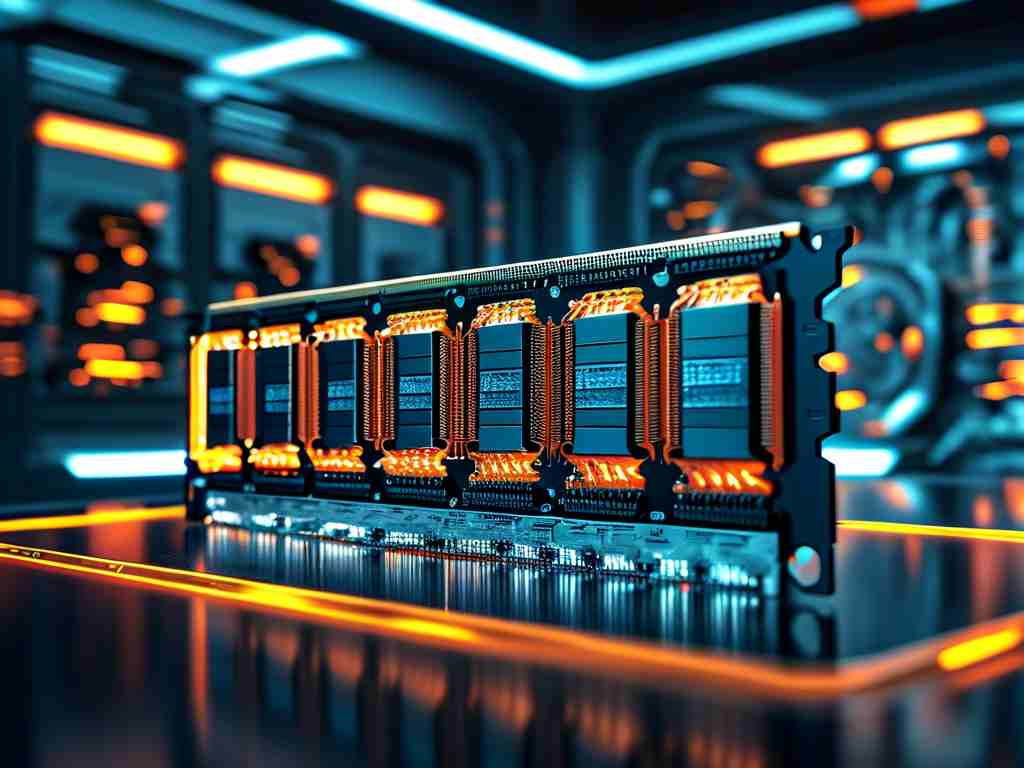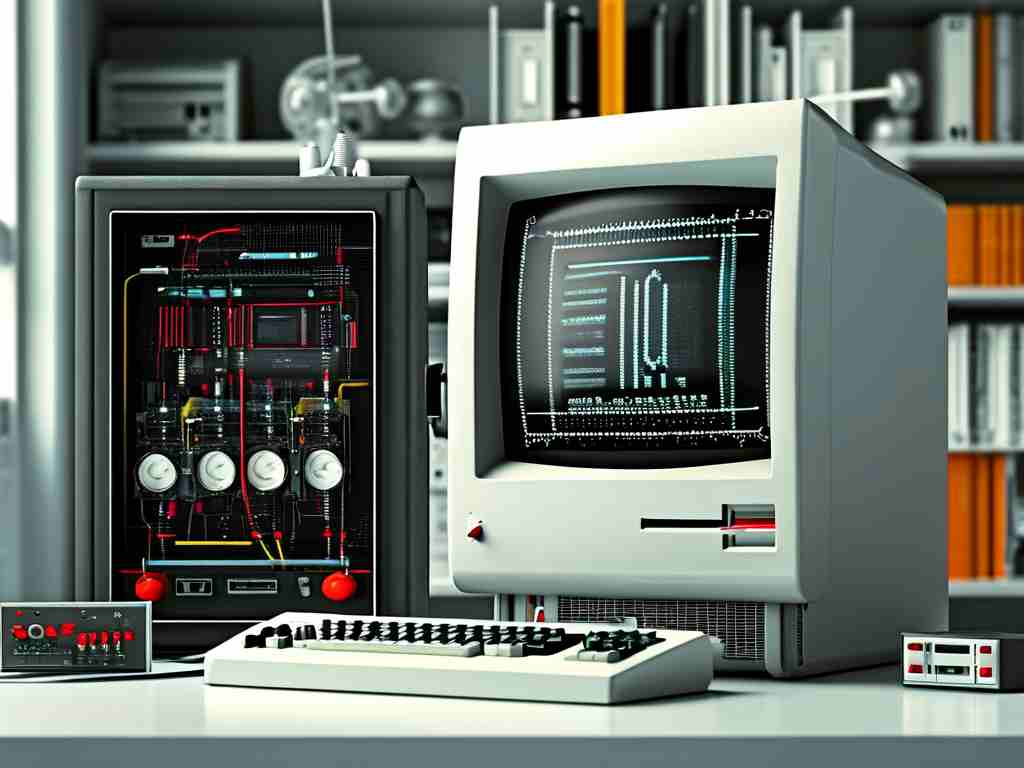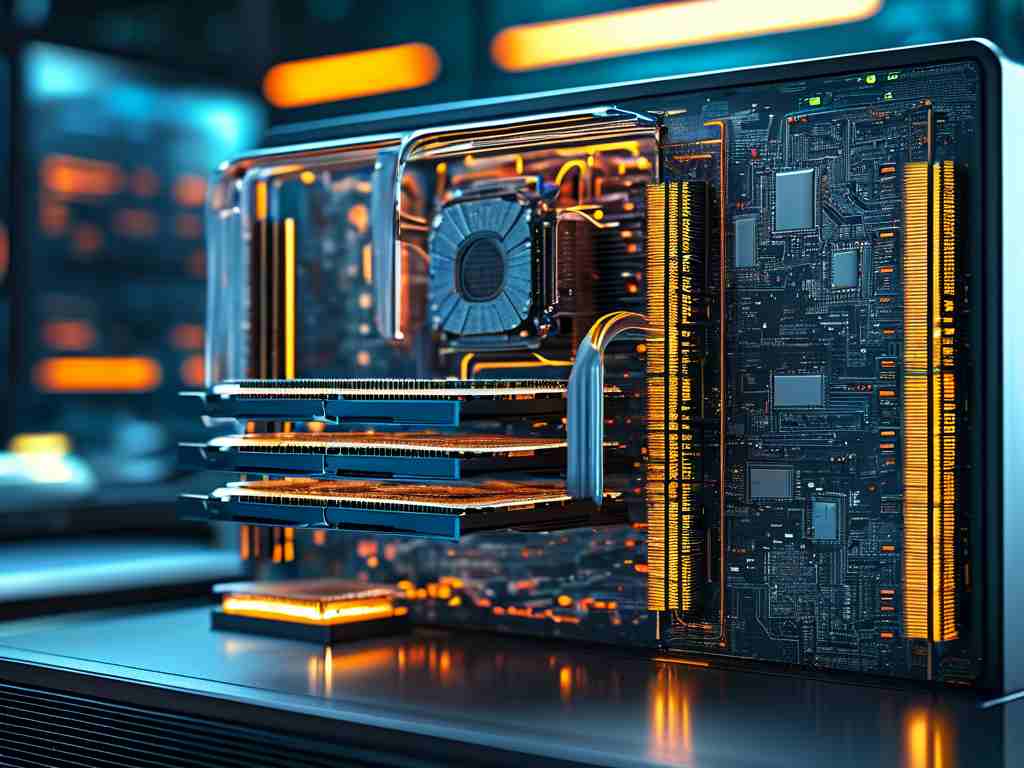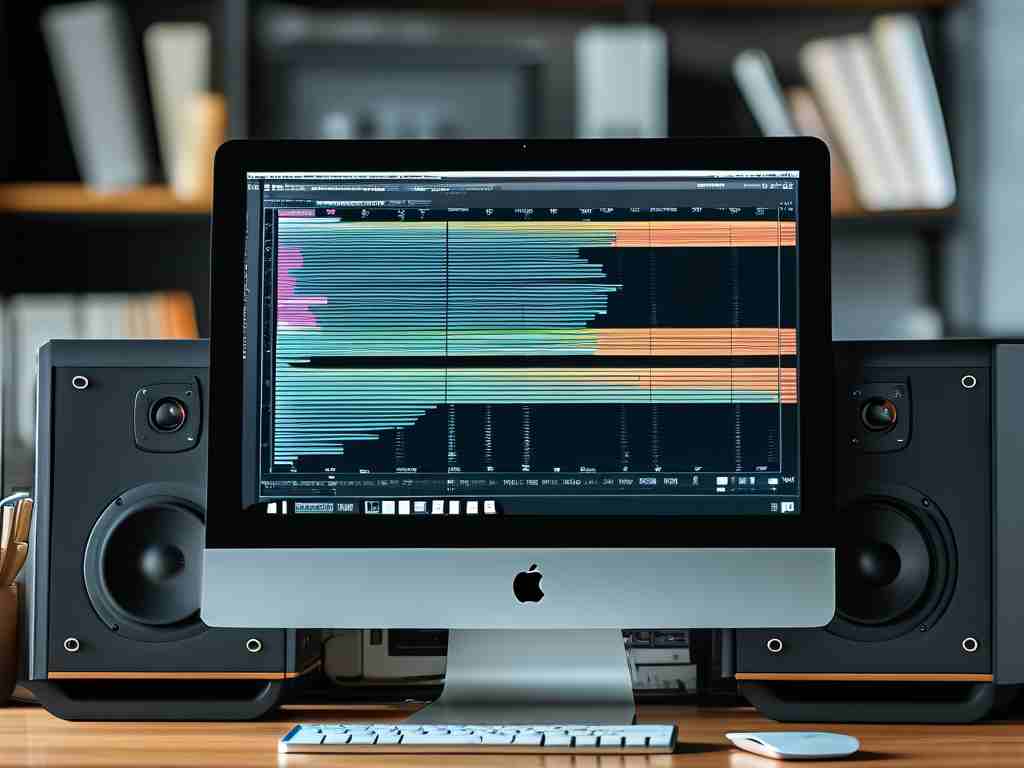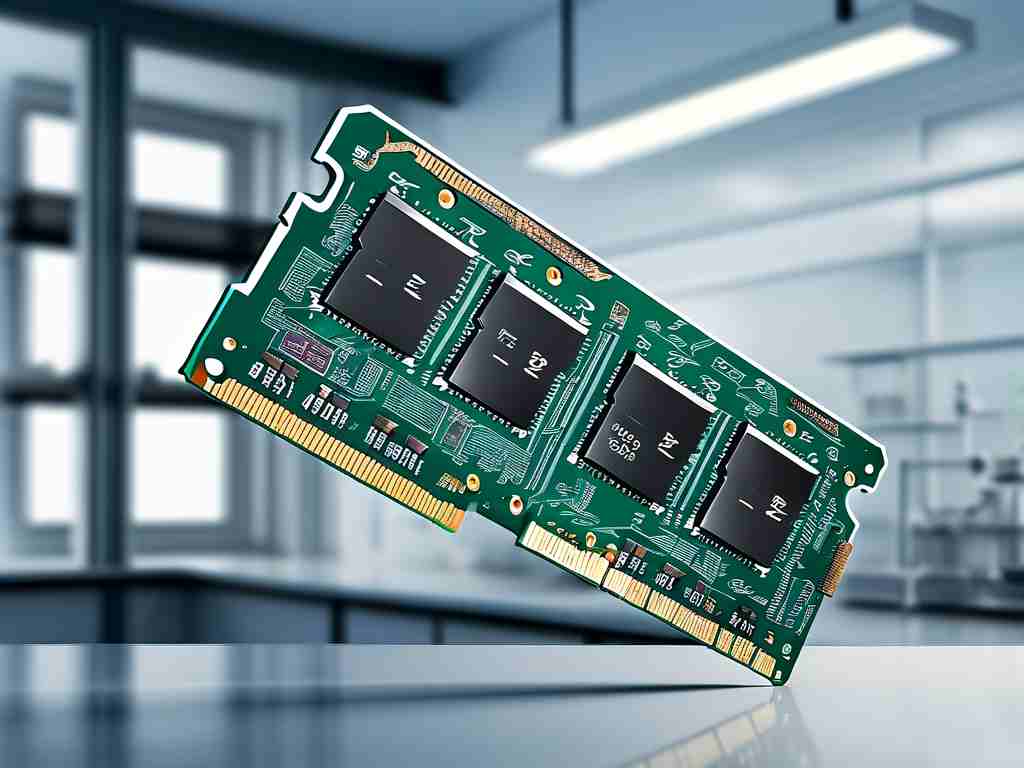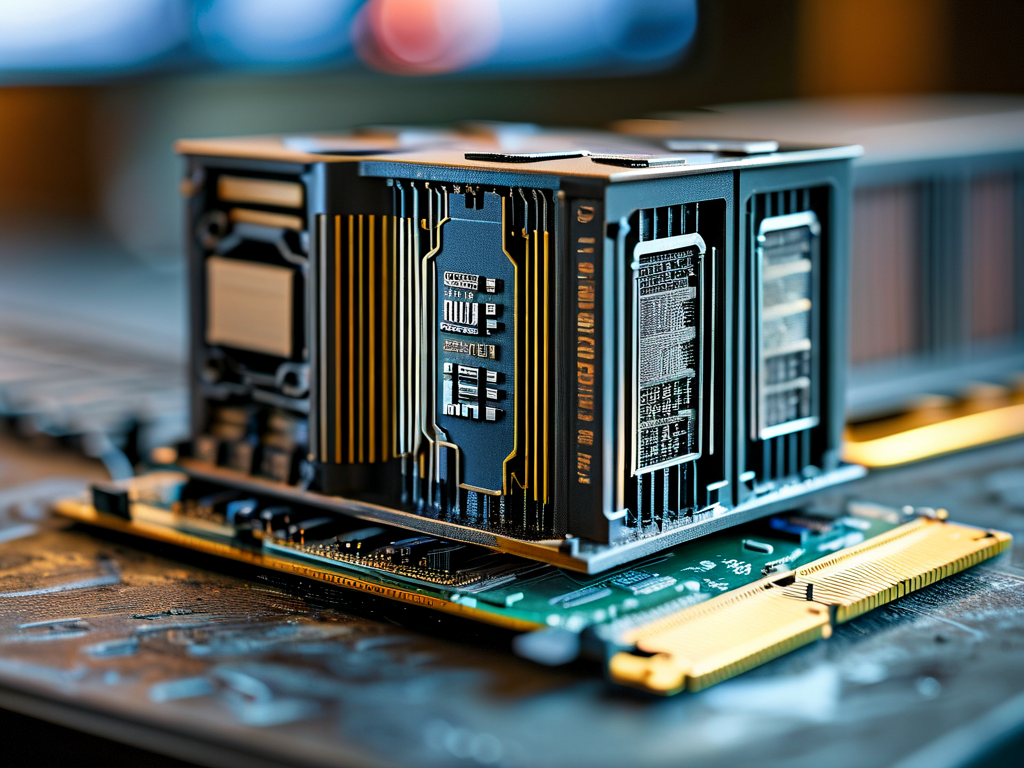In the realm of computing, the term "independent memory" often arises in discussions about hardware architecture and performance optimization. But what exactly does it mean? At its core, computer independent memory refers to a dedicated storage component that operates separately from the central processing unit (CPU) or other integrated systems. Unlike shared or integrated memory, which relies on the same physical space as the processor, independent memory functions autonomously, providing isolated resources for specific tasks. This distinction plays a critical role in enhancing computational efficiency, particularly in high-demand applications like gaming, data analysis, and artificial intelligence.

The Role of Independent Memory
Independent memory is designed to reduce bottlenecks in data processing. For instance, modern graphics processing units (GPUs) often utilize their own dedicated memory (e.g., GDDR6 or HBM2) to handle complex rendering tasks without competing for resources with the CPU. This separation ensures that both the CPU and GPU can operate at peak performance simultaneously. Similarly, specialized hardware such as AI accelerators or network interface cards (NICs) may employ independent memory to manage large datasets or high-speed data transfers efficiently.
Key Differences from Shared Memory
A common point of confusion lies in distinguishing independent memory from shared memory systems. Shared memory, as the name suggests, allows multiple components to access the same memory pool. While this approach simplifies resource allocation, it can lead to latency issues when multiple processes vie for access. Independent memory, by contrast, allocates exclusive resources to a single component or task. For example, a discrete GPU with its own 8GB of VRAM avoids conflicts with the system’s main RAM, enabling smoother performance in graphics-intensive applications.
Applications and Use Cases
The benefits of independent memory are most apparent in scenarios requiring parallel processing or real-time data handling. In gaming, GPUs with dedicated memory deliver higher frame rates and sharper visuals by storing textures, shaders, and geometry data locally. In scientific computing, systems equipped with independent memory modules can process large-scale simulations without overburdening the primary memory. Even everyday devices like smartphones now leverage independent memory for tasks such as image processing or machine learning algorithms, ensuring faster and more responsive user experiences.
Technical Considerations
Implementing independent memory requires careful balancing of cost, power consumption, and physical space. Dedicated memory modules are typically more expensive than shared alternatives, and they consume additional power—a critical factor in mobile devices. Engineers must also address thermal management, as high-speed memory generates heat that can affect system stability. Despite these challenges, advancements in semiconductor technology, such as 3D stacking and improved fabrication processes, continue to push the boundaries of what independent memory can achieve.
Future Trends
As computing demands grow, the importance of independent memory is likely to increase. Emerging technologies like quantum computing and neuromorphic architectures may rely on specialized memory systems to handle unprecedented data volumes. Meanwhile, the rise of edge computing—where data is processed locally rather than in centralized servers—could drive demand for compact, efficient independent memory solutions. Industry leaders are already exploring hybrid models that combine the flexibility of shared memory with the performance benefits of dedicated resources.
In summary, computer independent memory serves as a cornerstone of modern computing, enabling specialized hardware to perform complex tasks with minimal interference. By understanding its principles and applications, users and developers alike can make informed decisions about system design and optimization. Whether for gaming rigs, data centers, or next-generation AI platforms, independent memory remains a vital tool in the pursuit of speed, efficiency, and innovation.


